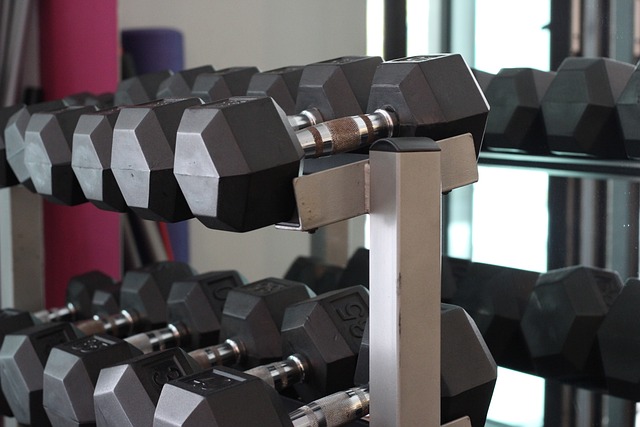 Those who have contracted HIV need to be extra careful about keeping up a regular exercise routine. Although exercising will not make HIV leave the body, it will make living with the illness easier. As stated in the publication HIV InSite, sponsored by the University of California San Francisco, “People diagnosed with HIV infection can live long, healthy lives, if they get medical care and take care of their bodies. This includes getting regular exercise.”
Those who have contracted HIV need to be extra careful about keeping up a regular exercise routine. Although exercising will not make HIV leave the body, it will make living with the illness easier. As stated in the publication HIV InSite, sponsored by the University of California San Francisco, “People diagnosed with HIV infection can live long, healthy lives, if they get medical care and take care of their bodies. This includes getting regular exercise.”
Benefits of Exercise
Exercise has many benefits. These include helping to improve one’s mental outlook, helping to keep weight in check, helping to strengthen bones, helping to increase stamina, helping to increase appetite, helping to aid sleep, and even helping to keep joints limber. (And these aren’t even all the benefits!)
As you can surmise, these are positive outcomes for all people, not just those suffering from HIV.
Physician Clearance for Exercise
Patients who have been diagnosed with HIV should work closely with a doctor to tailor an exercise program appropriate for his or her individual needs. A person should never begin an exercise program without consulting a health professional first, especially if one suffers from a chronic illness.
Types of Exercise
Once clearance to exercise has been received, a patient can expect to complete two types of exercise: aerobic and resistance. Basically, one type (aerobic) increases your lung capacity and strengthens your heart, while the other type (resistance) helps to build muscle. Both types work to improve health.
In simple terms, exercises that get the heart pumping and the breathing rate up can be classified as aerobic. Walking fast, jogging, tennis, stair climbing, and the like are types of aerobic exercises. The aim is to increase oxygen and blood flow.
Exercises that actually work to build muscle mass can be classified as resistance. HIV InSite explains it this way: “Resistance or strength training is important for people with HIV because it can help offset the loss of muscle sometimes caused by the disease. This form of exercise involves exertion of force by moving (pushing or pulling) objects of weight. They can be barbells, dumbbells, or machines in gyms. You can also use safe, common household objects such as plastic milk containers filled with water or sand, or you can use your own body weight in exercises such as pushups or pullups.”
Dangers of Exercise
- You can get dehydrated (lose too much water) if you do not drink enough liquids to keep up your fluid levels.
- Injuries may take more time to heal.
- You can lose lean body mass if you exercise too much. Serious cases can lead to AIDS wasting.
- You can injure yourself if you use the wrong “form” in exercises. (Courtesy of The Body)
Resources on HIV and Exercise
Check out this website for great resources on HIV and exercise.
Although living with HIV/AIDS can be difficult, it can be made just a bit easier by exploring the benefits of exercise. Talk to your doctor about implementing an exercise program in your arsenal against HIV.









